Main menu
Common skin conditions

NEWS
Join DermNet PRO
Read more
Quick links
Author: Vanessa Ngan, Staff Writer, 2006.
Introduction
Causes
Demographics
Signs and symptoms
Treatment
Hereditary haemorrhagic telangiectasia (HHT) is also known as Osler-Rendu-Weber syndrome. It is a rare inherited disorder that affects blood vessels throughout the body and is characterised by a tendency for bleeding (haemorrhage, American spelling ‘hemorrhage’), in particular recurrent epistaxis (nosebleeds); and skin telangiectasia (skin lesions resulting from dilation of blood vessels).
The diagnostic criteria for HHT are:
The two major types of HHT are HHT1 and HHT2. They are caused by mutations in the endoglin (ENG) and activin receptor-like kinase type 1 (ACVLR1) genes found on chromosome 9 and 12 respectively. Two other genes have also been identified. A defect in just one of these genes causes an abnormality in the formation of blood vessels, which may easily rupture and bleed. The abnormal blood vessels are known as telangiectases, or arteriovenous malformations (AVM) if larger blood vessels are involved.
The vascular endothelial growth factor, VEGF, may modulate angiogenesis in HHT.
HHT is a rare autosomal dominant condition, which means that only one abnormal gene needs to be inherited from one affected parent to express the disease. HHT is often passed from generation to generation as each child of a person with HHT has a 50% chance of getting the disease. However, the signs and symptoms of HHT within a single family can vary considerably. One family member may suffer from severe recurrent nosebleeds whilst another with HHT may have minimal symptoms.
The most common sign of HHT is telangiectases in the nose and the most common symptom is recurring nosebleeds. The first sign of HHT usually does not occur until puberty or adulthood with the average age of the first nosebleed occurring at 12 years. Bleeding may occur as often as everyday or as infrequently as once a month. Recurrent nosebleeds are seen in 50-80% of patients with HHT.
Telangiectases in other parts of the body is not usually seen until after puberty and is most apparent in people aged between 20 and 40 years. It occurs in about 95% of patients with HHT. Telangiectasia of the skin and mucous membranes has the following characteristics.
In addition to visible telangiectases, abnormal blood vessel formation may occur in many other organs. Telangiectases can be found anywhere in the gastrointestinal (GI) system, including the oesophagus, stomach, and small and large intestines. GI bleeding occurs in about 25% of patients with HHT and the risk is increased in patients older than 50 years. Black or bloody stools and/or anaemia (low blood count) are the presenting symptoms. Other organs that may be affected include the lungs (AVM in the lungs occur in about 30% of patients with HHT) and central nervous system (brain and spinal AVM).
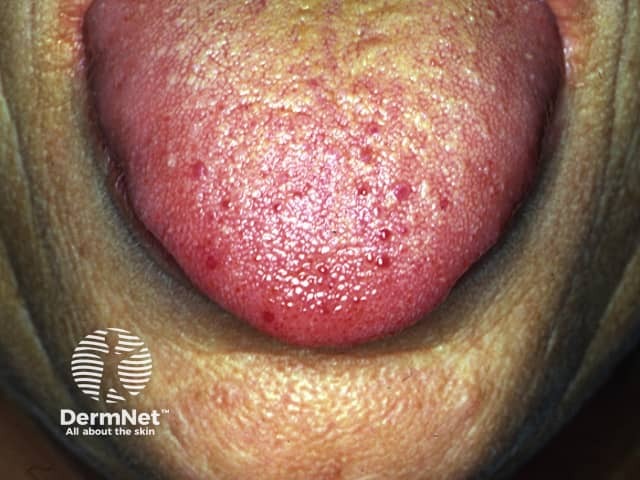
Hereditary haemorrhagic telangiectasia
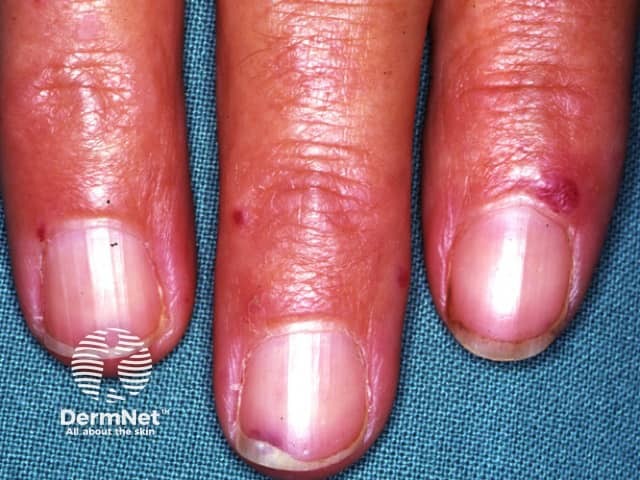
Hereditary haemorrhagic telangiectasia
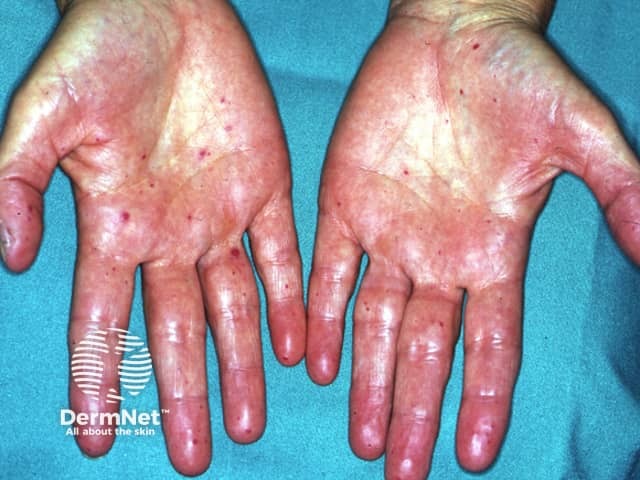
Hereditary haemorrhagic telangiectasia
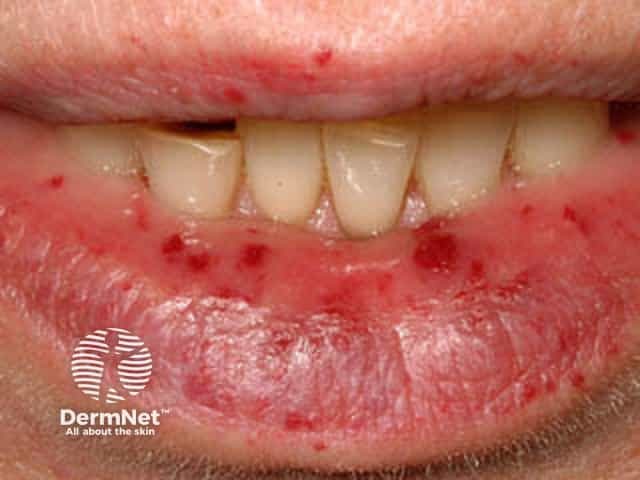
Hereditary haemorrhagic telangiectasia
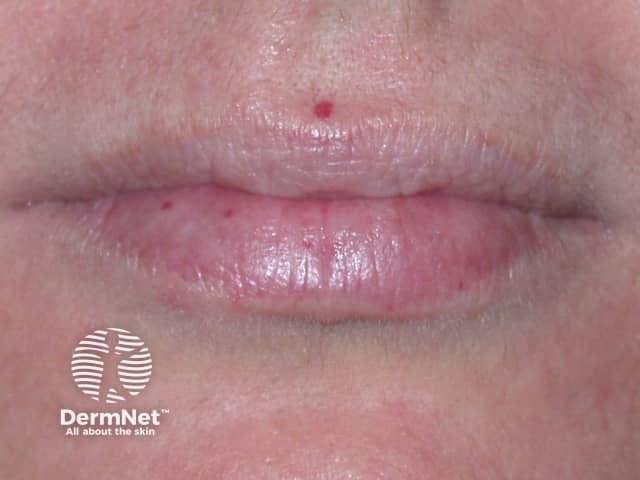
Hereditary haemorrhagic telangiectasia
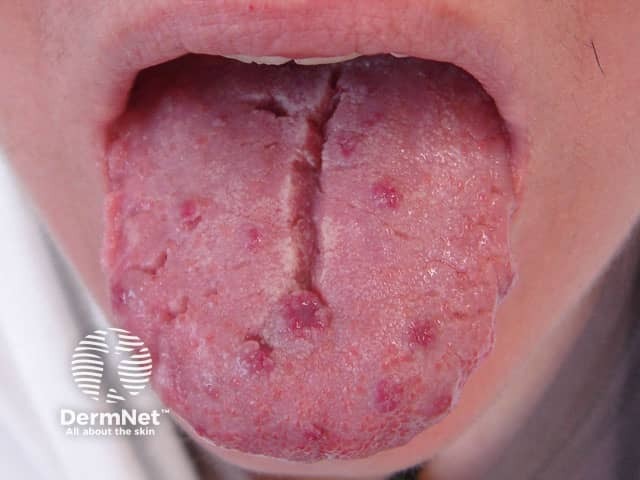
Hereditary haemorrhagic telangiectasia
HHT cannot be prevented but most cases can be treated symptomatically. One third of the cases of HHT are mild, one third are moderate, and one third are severe. Mild cases usually require no treatment. HHT should be treated if it is causing significant problems, such as severe and/or frequent nosebleeds, or if there is a high risk of causing other problems, such as a stroke from a lung AVM.